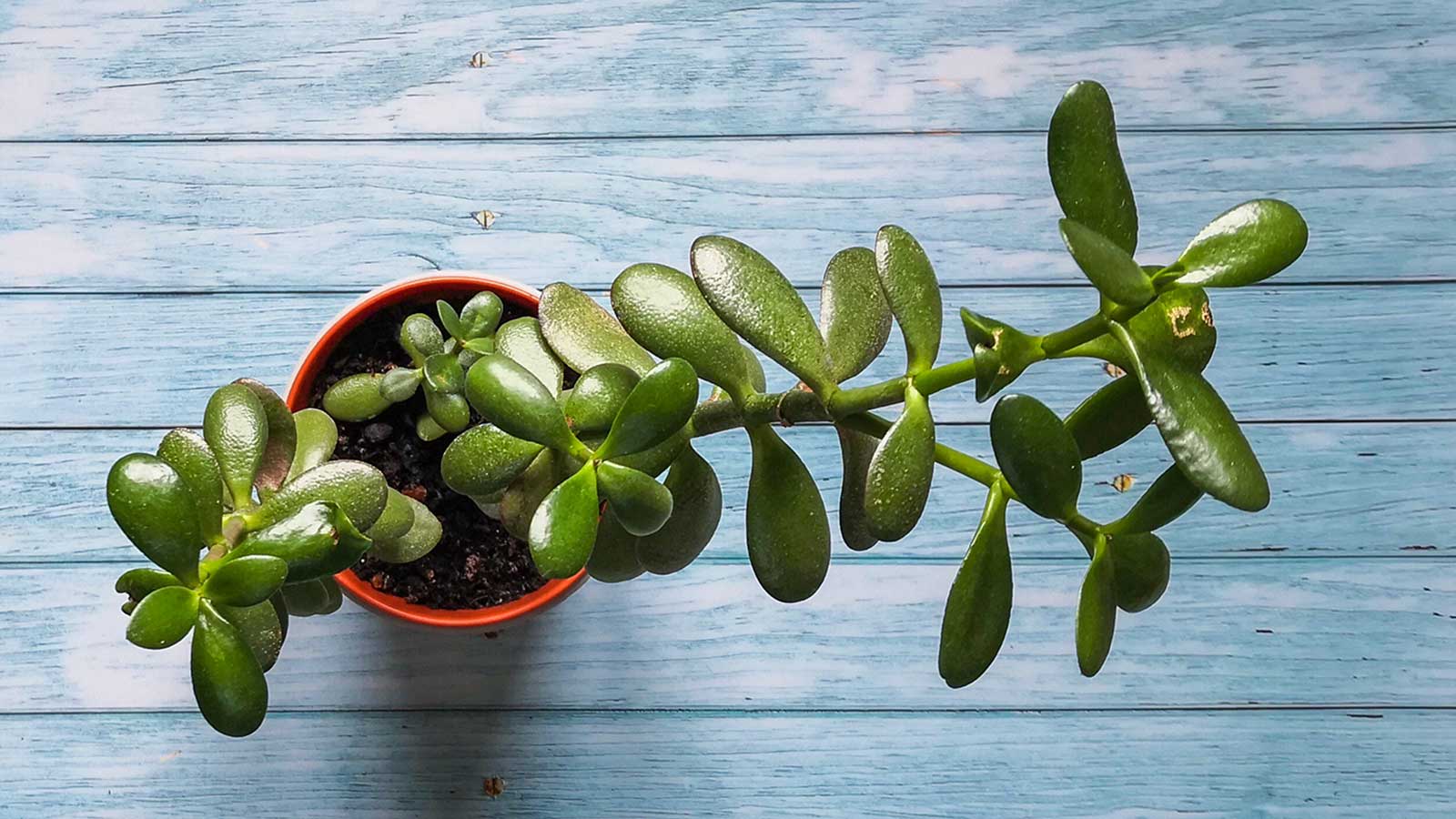
One of the best indoor plants that often benefits from selective pruning is the jade plant. With its sculptural leaf shapes, jade plants are a classic addition to any home.
However, they can grow leggy or unbalanced over time without some guidance. The best time to prune a jade plant is in late spring or early summer as part of your overall jade plant care. Pruning during this period allows the plant to recover and take advantage of its growing season.
It's important to note that jade plants can be pruned year-round if needed, but spring and summer generally yields the best results for these popular winter houseplants.
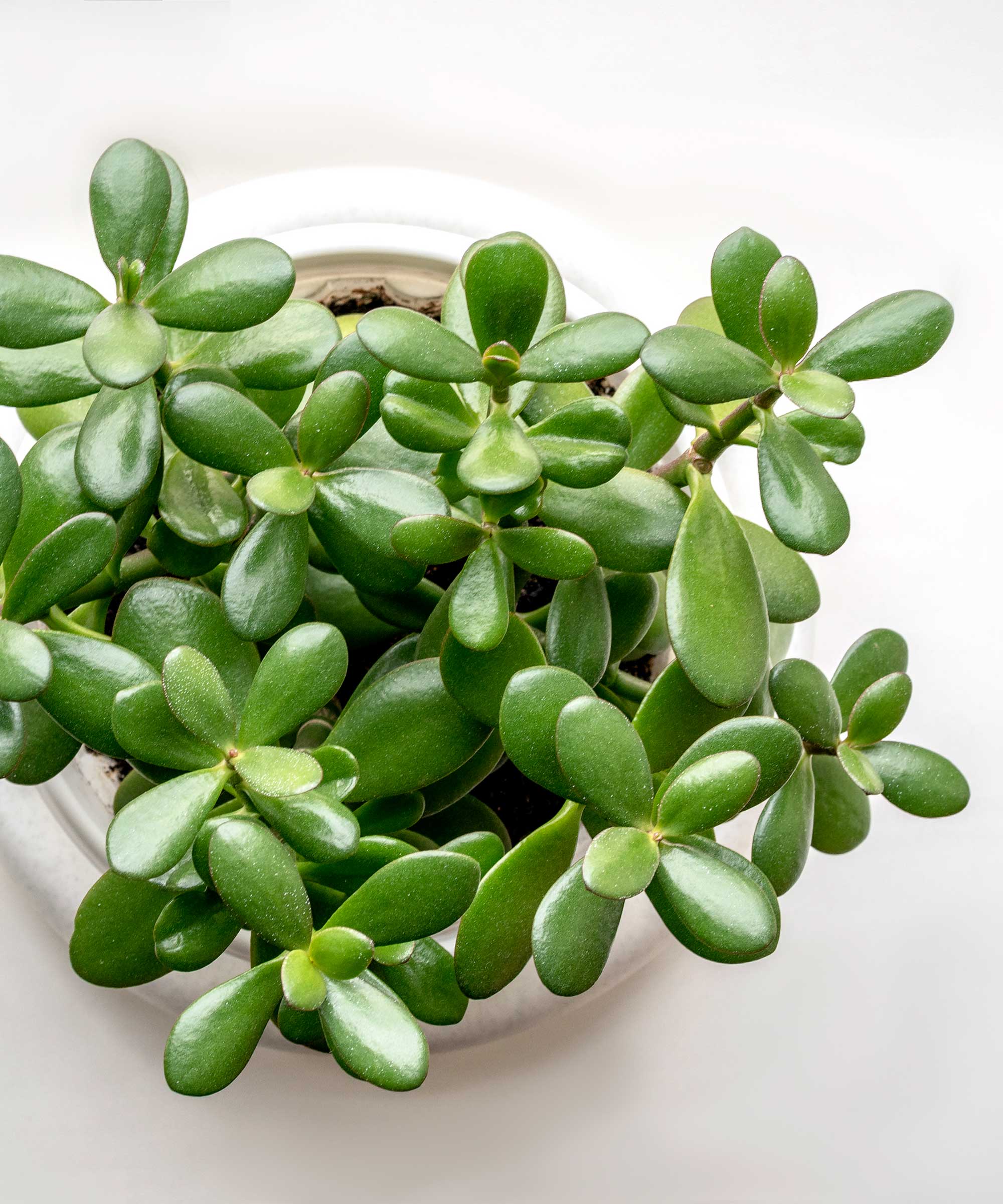
How to prune jade plants
Follow these steps to correctly give your jade plant a trim when required.
1. Get up close and personal
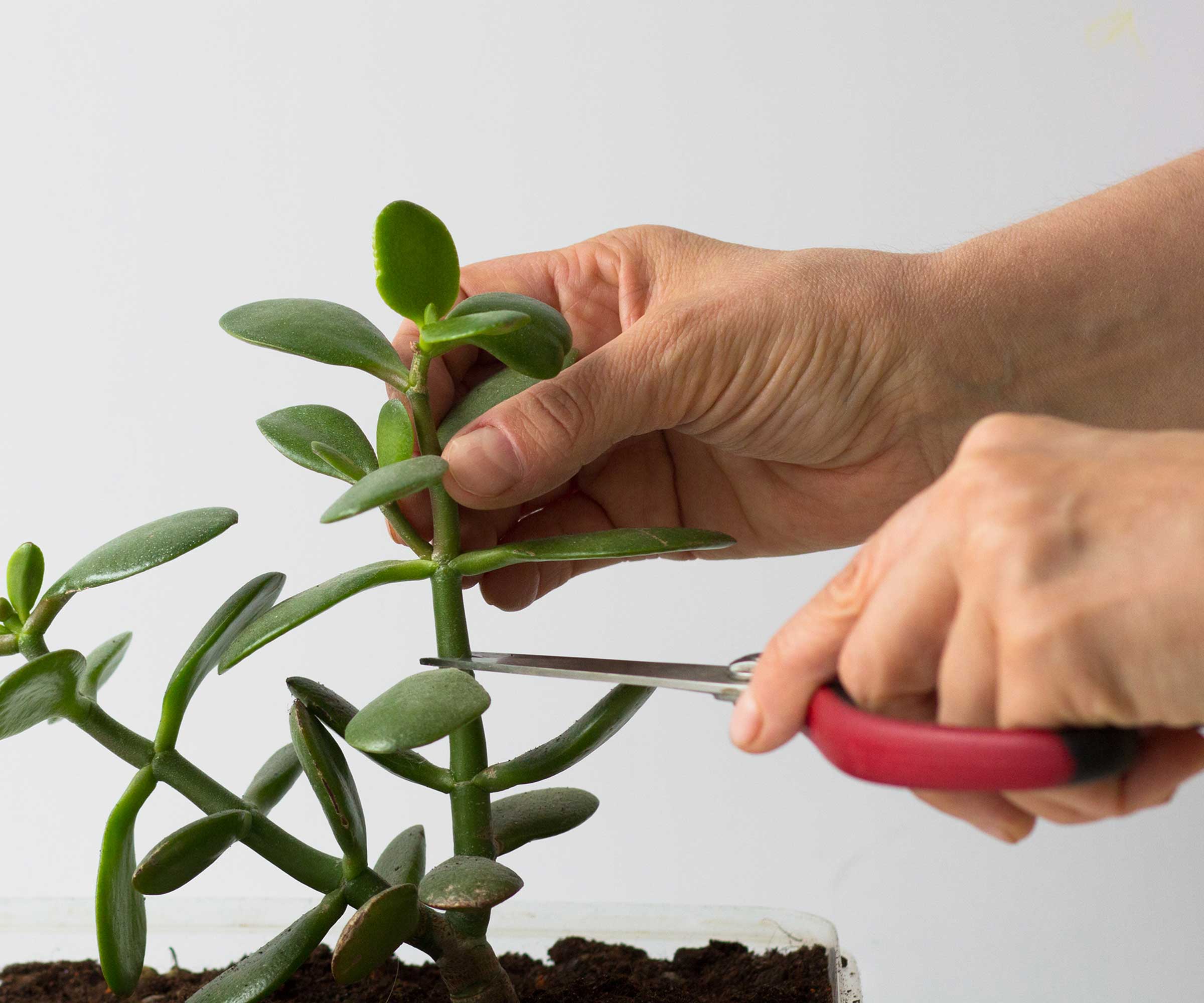
According to Aaditya Bhatta, Editor and Founder of Plants Craze, jade plants are resilient and don't require frequent pruning. The primary goals of pruning a jade plant are to 'remove dead or diseased growth, shape the plant for aesthetic purposes, and encourage bushier, more compact growth'.
Pruning a jade plant is a straightforward process when approached with care and consideration.
2. Prepare your tools of the trade
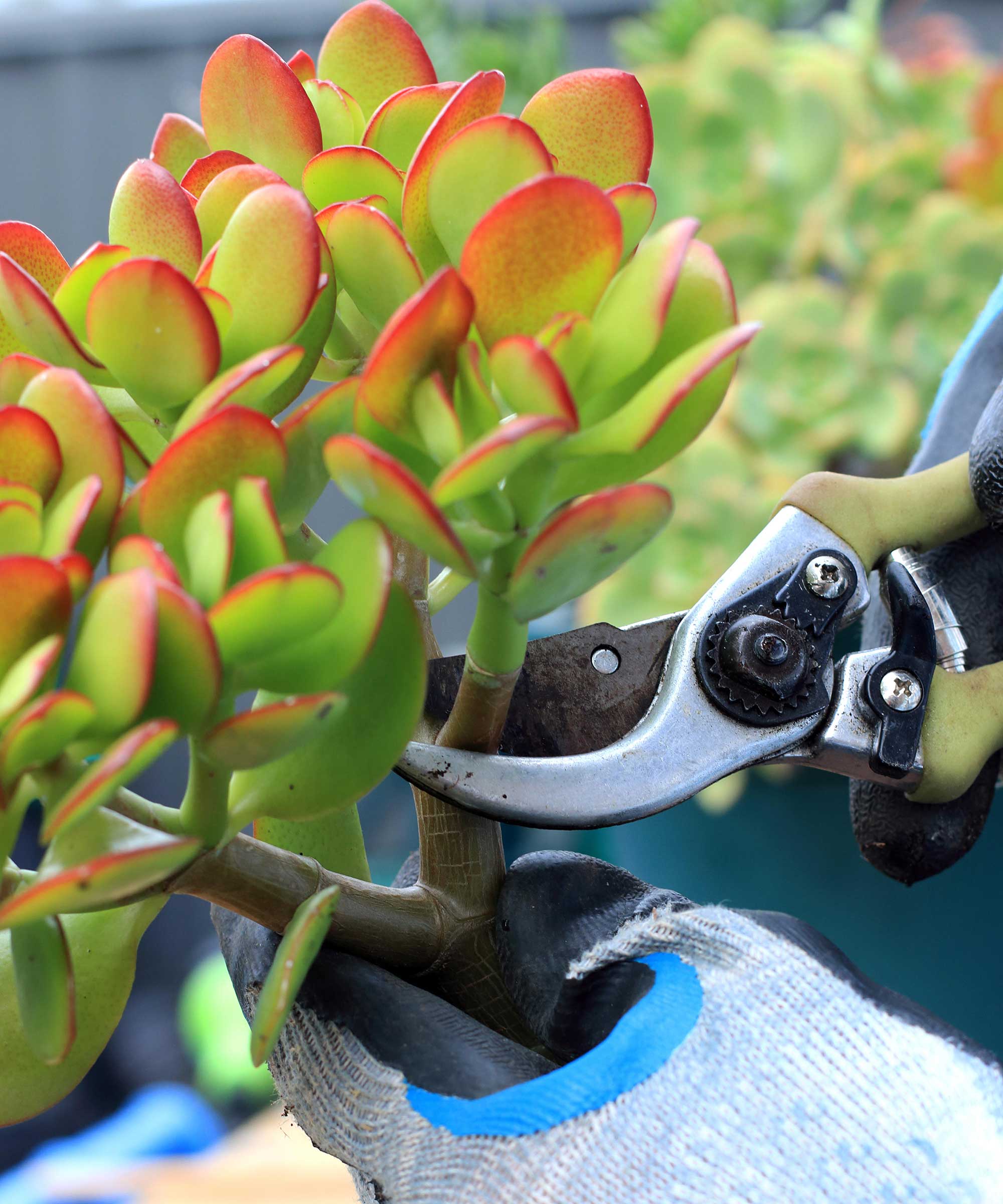
It's always good idea to check you have the right gear before you start. Grab those trusty tools, either sharp pruning shears or scissors. Disinfect them with a some rubbing alcohol from Amazon before and after each snip to keep plant diseases at bay.
Another tip is to keep a little washing station nearby with a mix of water and mild soap for your tools to splash around between cuts.
3. Spotting areas in need
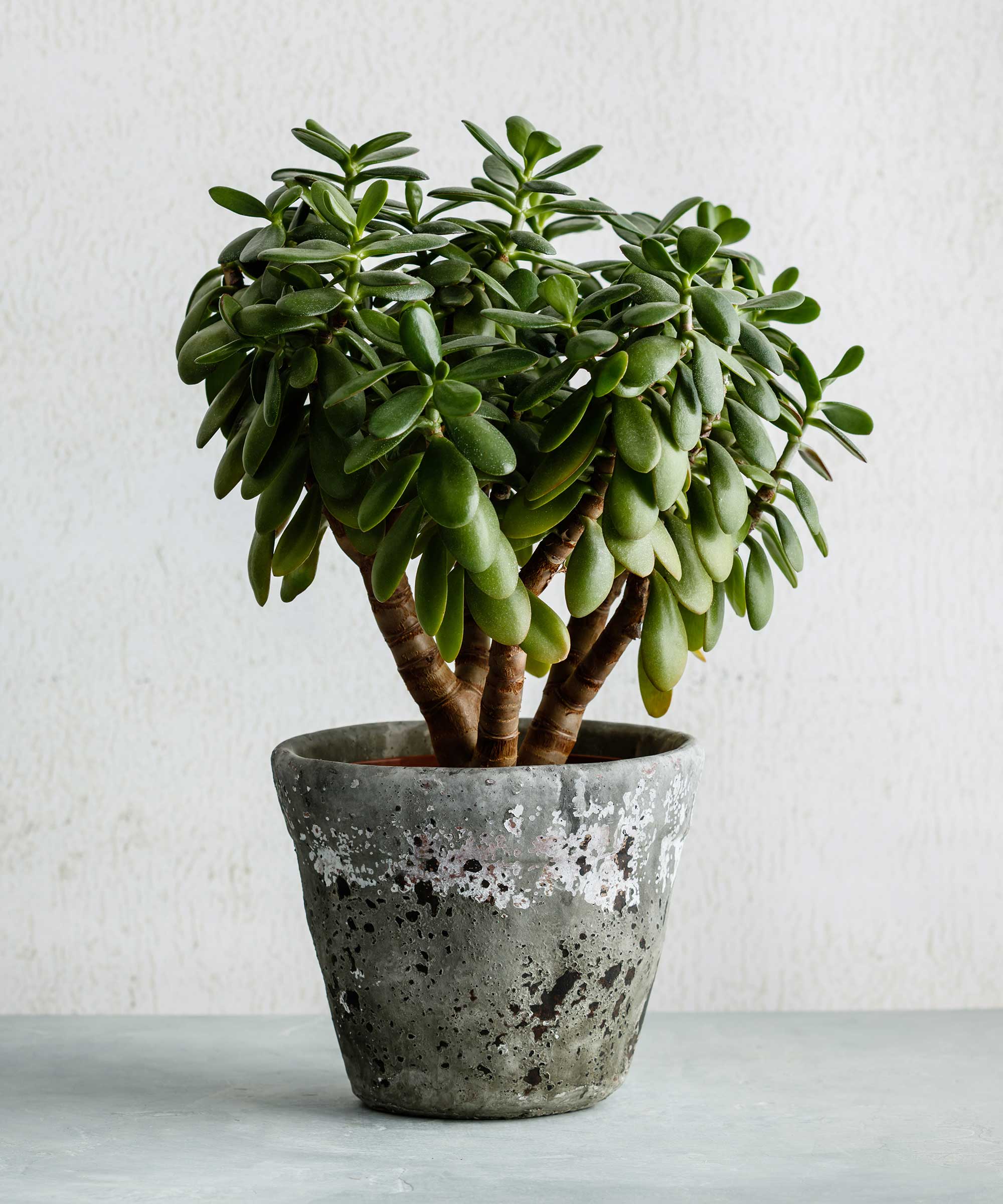
‘Carefully examine your jade plant, identifying any yellow or shriveled leaves, dead stems, or areas affected by pests or diseases,’ says Melinda Myers, gardening expert, author and host of How to Grow Anything. ‘This initial assessment will guide your pruning efforts. Make clean cuts close to the base of the plant to promote healing.’
Start the pruning by making clean, diagonal cuts close to the main stem. It's not just for looks; it's a wellness treatment for your plant, preventing diseases from spreading and giving it a fresh, new vibe. If your jade plant has become leggy or uneven, consider shaping it to achieve a more balanced appearance.
4. Sculpting your plant
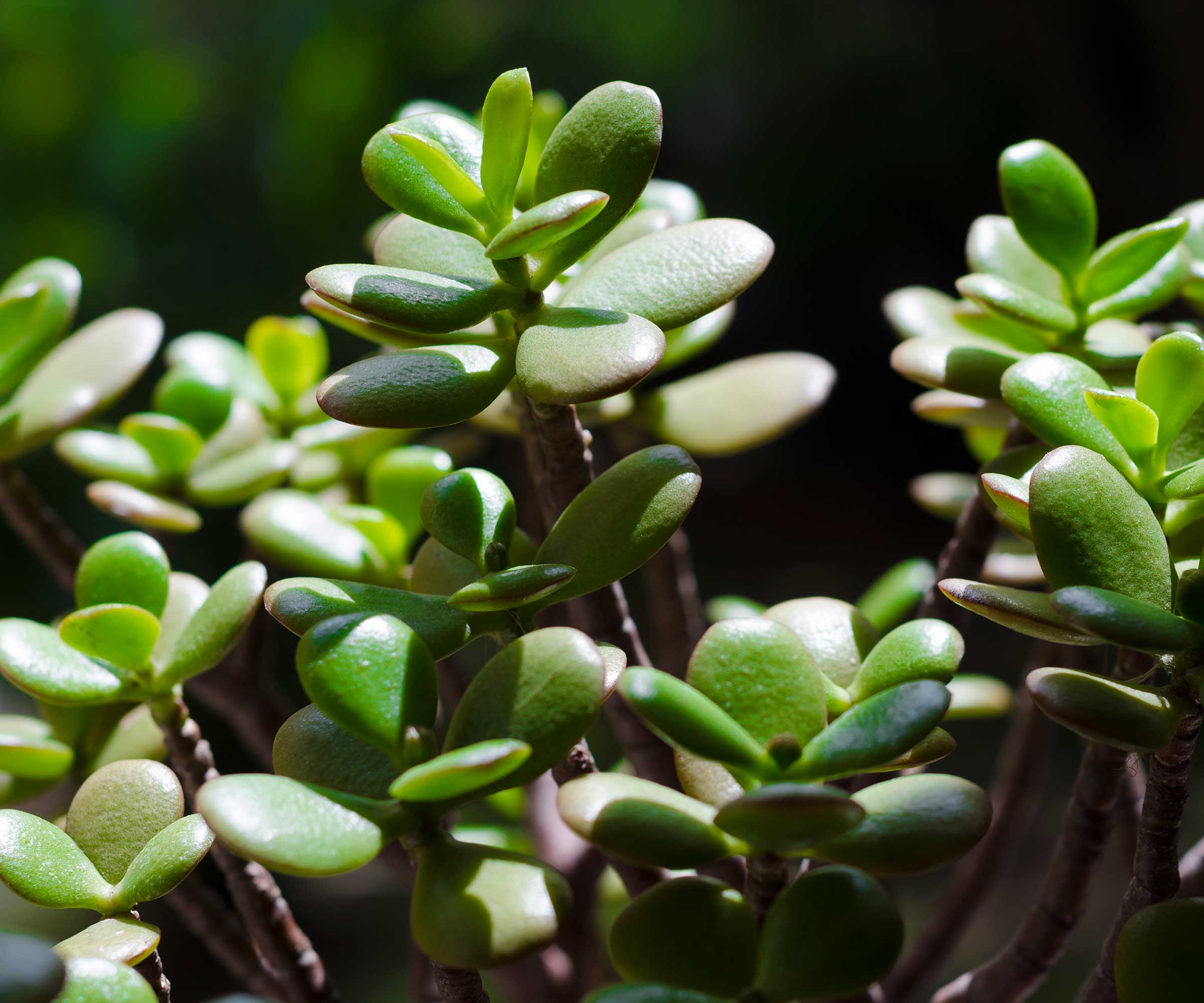
Beyond fixing any problems, pruning is like an artistic touch for your jade plant. If it's reaching for the stars or getting a bit wild, trim back those main stems.
Encourage a more compact, bushy style. And here's the fun part – pinch or trim those branch tips to make your jade look fuller. But go easy on the scissors – don't stress out your plant by chopping off more than a third at once.
You might also want to consider keeping your cuttings to propagate your jade plant and create new plants for free.
For mature jade plants that have become top-heavy or are outgrowing their containers, you may want to consider root pruning during repotting. Trim the outer roots and refresh the soil to ensure a healthy root system.
5. Post-Pruning care
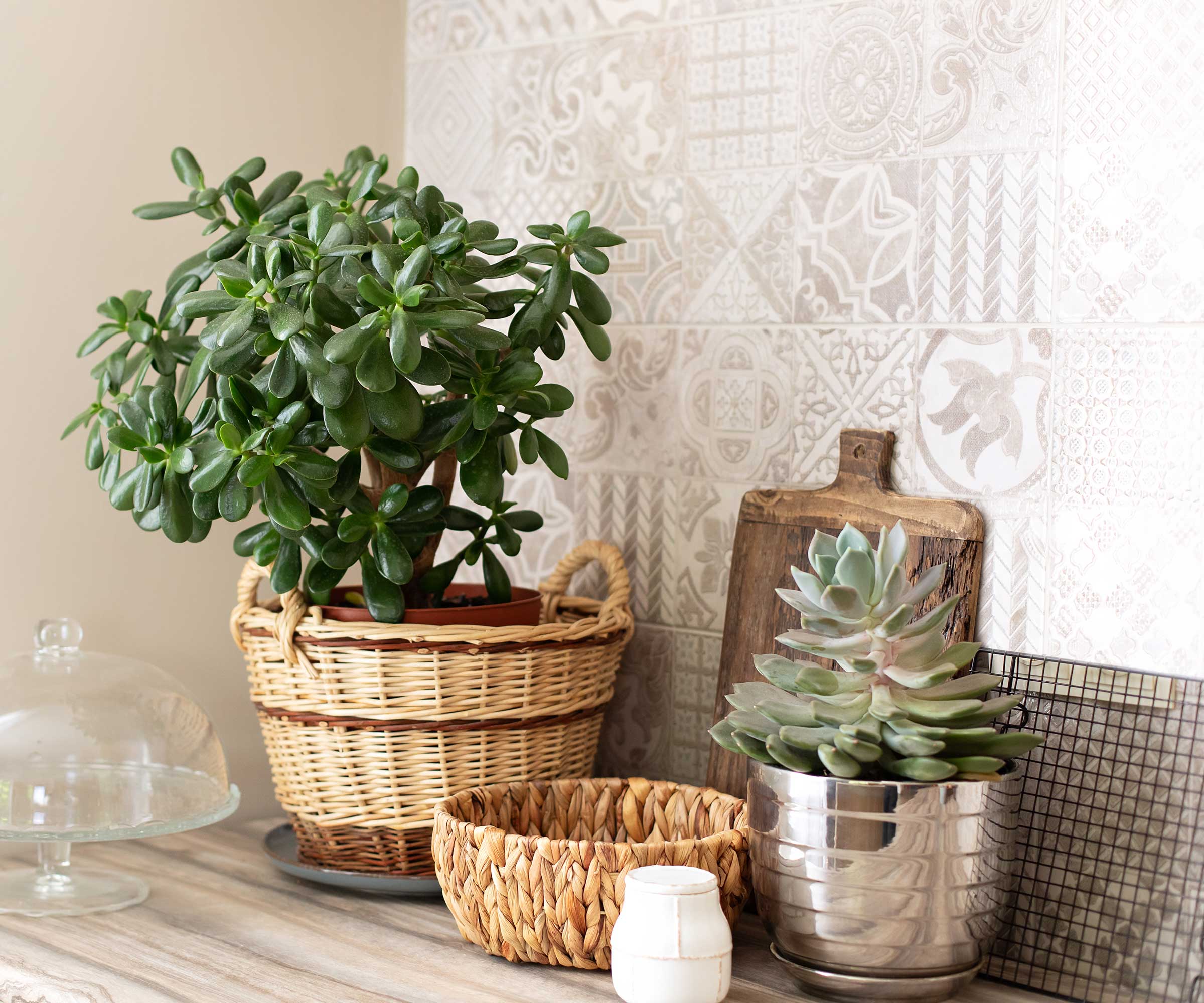
You've worked your magic with the shears, now it's time for the post-pruning monitoring. Kayla Gajdascz, founder of Mental Houseplants suggests you should 'water your jade with care for the first few days to let it settle into its new look'.
Find a cozy spot with bright, indirect light for your jade plant to recover. Keep an eye on it, watch for fresh growth, and if needed, give it a mini-makeover. Regular check-ins and plant maintenance, including the occasional pruning, is the secret for a happy, long life for your jade plant.
FAQs
Do jade plants like small pots?
You plant will grow to the size of its pot, but because jade plants grow slowly, they don't initially need a large pot. It's best to use a pot that's about 1-2 inches wider than the roots to allow them to grow into the pot at their own pace.
For mature jade plants that have become top-heavy or are outgrowing their containers, you may want to consider root pruning during repotting. Trim the outer roots and refresh the soil to ensure a healthy root system. By following these step-by-step guidelines, you can maintain a healthy and visually appealing jade plant that will thrive in your indoor garden.







